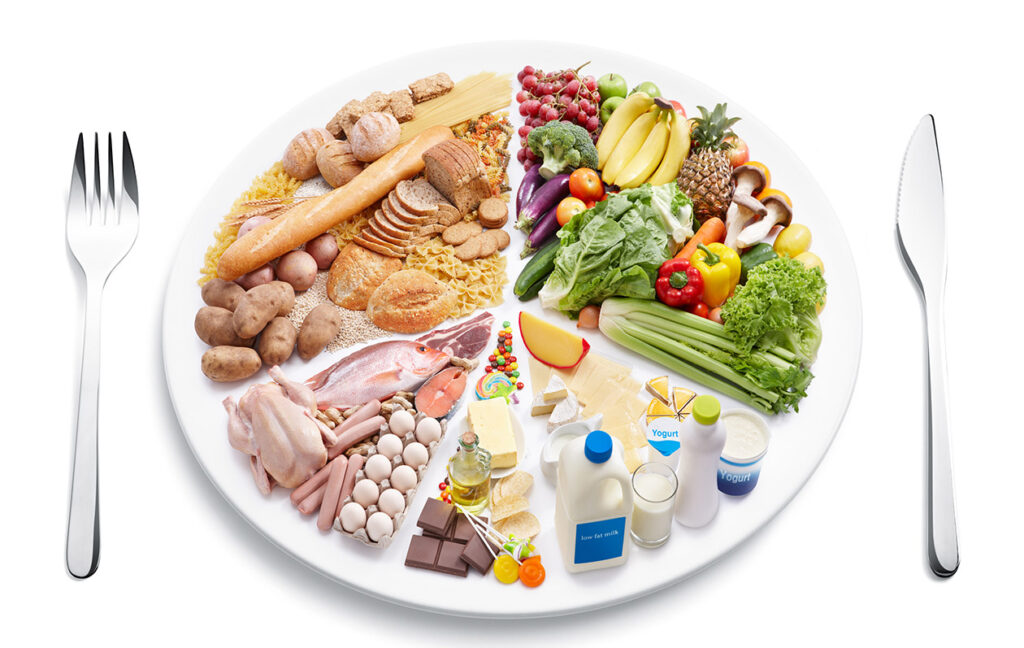
Food is omnipresent in our human lives and quite literally fuels our physical bodies every day. It is intertwined with our daily routines, family traditions, our culture, and shared experiences. For these reasons and more, being aware of your connection to food alongside maintaining a healthy relationship with your food is imperative to living a healthy life.
According to the National Eating Disorder Association, forming a healthy relationship with food takes conscious effort, but it is possible. This relationship includes relaxed eating, choosing preferences over positions, and practicing balance and flexibility in your eating. Let’s take a look at these principles a bit more closely.
RELAXED EATING: Relaxed eating is the ability to be at ease with the social, emotional and physical components of food and eating. Relaxed eating is attuned to the body’s hunger and intuitively provides for its needs. It is the ability to listen and satisfy your hunger allowing for pleasurable and whimsical eating with flexibility and the absence of remorse. It allows you to eat when you are hungry and stop when you are satisfied. It incorporates choices and beliefs about food through a filter of self-love and body wellness that is balanced, not extreme or all consuming.
PREFERENCE OVER POSITION: Eating should be a balanced activity that is neither the best nor the worst part of a day. You should enjoy the foods you consume but not worship them. Flexibility, exhibited through the willingness to forego a preference temporarily, is an essential aspect of a healthy relationship with food. Preferences need to remain just that, and not become an unflinching regimen.
BALANCE: Balanced eating means feeling comfortable consuming a wide variety of foods. In addition to variation in type of food, balance indicates an ability to eat both for pleasure and for hunger. Eating for hunger is great because it nourishes your body. Ignoring hunger cues is a dangerous habit that can lead to more disordered eating patterns and health consequences. Eating for pleasure allows us to associate positive feelings and experiences with food and its pleasurable! Finally, balance also means avoiding trendy diets. Diets usually employ some kind of restriction, be it through food quantity or type. It is neither healthy nor logical to deny yourself food groups or to limit your calories.
FLEXIBILITY: Flexibility is another key aspect of a healthy relationship with food. It refers to the absence of strict rules surrounding eating and food habits. Rather, there is more of an ability to “go with the flow” and accept deviations from preferred foods as a natural part of life, instead of viewing those deviations as a judgment of yourself or your worth. Additionally, flexibility relates to the amount of food you consume. Sometimes, we eat beyond our comfort zone. Maybe you’re not completely mindful or conscious while eating one day, and don’t feel your hunger cues until a bit later. This is not a cause for alarm. Doing this every so often will not alter your health. Trust your body; it is much smarter than you give it credit for. It knows where you need to be and can deal with a little bit of variation. The key is
remembering these principles–-having variation, preference, flexibility–and accepting the changes that come with life.
Reference: Kronberg, Sondra. The Comprehensive Learning/Teaching Handout Manual for Eating Disorders © 2001 Sondra Kronberg, MS, RD, CEDRD-S. Wellness Programs Publishing, 3rd Edition, 516-513-1284
